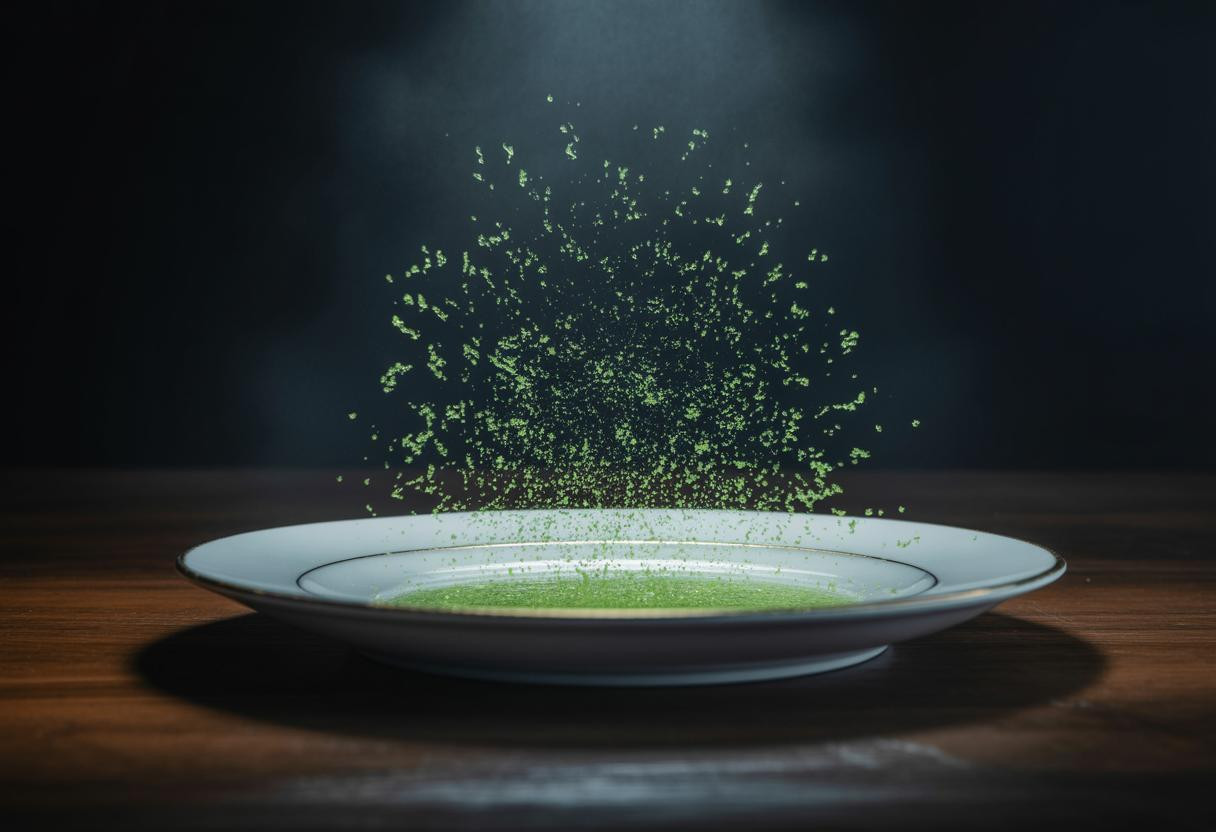Your dinner plates may be harboring invisible chemical residues that slowly damage your digestive system every single day. Recent groundbreaking research reveals that alcohol ethoxylates in dish soap, particularly rinse aids, create microscopic tears in your gut barrier at dilutions as low as 1:20,000 – concentrations commonly found on “clean” dishes from commercial dishwashers.
The hidden chemical assault on your digestive health
Professional dishwashers in restaurants use rinse aids at concentrations up to 50 times stronger than household versions, with dilution factors as low as 1:2,000. Unlike home dishwashers, these commercial machines often skip the final rinse cycle, leaving cytotoxic residues directly on your plates and glasses.
Dr. Cezmi Akdis, Director of the Swiss Institute of Allergy and Asthma Research, warns that these chemicals disrupt crucial proteins called claudin-1 and occludin – the molecular “glue” that keeps your intestinal barrier intact. When this barrier fails, harmful substances leak into your bloodstream, potentially triggering chronic inflammation.
The timing couldn’t be more critical, as inflammatory bowel diseases have increased by 85% globally over the past two decades, coinciding with widespread commercial dishwasher adoption.
How alcohol ethoxylates destroy your gut barrier
Molecular disruption at the cellular level
These surfactants work like microscopic crowbars, prying apart the tight junctions between intestinal cells. Laboratory studies using human gut-on-a-chip models show that transepithelial electrical resistance – your gut’s protective strength – drops by over 50% within hours of exposure.
The damage follows a predictable pattern: low concentrations create “leaky gut” by loosening cell connections, while higher concentrations directly kill intestinal cells through membrane breakdown.
The inflammatory cascade effect
Once your gut barrier is compromised, your immune system launches a perpetual defense response. RNA sequencing reveals upregulation of inflammatory pathways including TNF-α and IL-6 – the same markers elevated in obesity, allergies, and autoimmune diseases.
This isn’t just temporary irritation. The inflammation becomes self-sustaining, as damaged gut cells struggle to repair themselves while continuously exposed to trace chemical residues from daily meals.
Protecting yourself from hidden dish soap dangers
The most shocking discovery? Home dishwashers aren’t immune to this problem. Even household rinse aids leave measurable residues, though at lower concentrations than commercial machines. However, many people unknowingly amplify their exposure by using excessive detergent amounts or skipping proper maintenance.
Restaurant dining presents the highest risk, as professional kitchens prioritize speed over thorough rinsing. Some establishments cycle dishes through washers in under 90 seconds – insufficient time for complete chemical removal.
Practical strategies to minimize chemical exposure
Immediate household changes
Switch to plant-based dish soaps that rinse cleanly without synthetic surfactants. Castile soap mixed with hot water (above 70°C) effectively removes grease while leaving minimal residue. For stubborn situations, natural cleaning methods that eliminate harmful bacteria can replace harsh commercial formulations.
If using dishwashers, extend your final rinse cycle and reduce rinse aid to the minimum effective amount. Many machines work perfectly with zero rinse aid when water temperature and cycle time are optimized.
Smart dining choices
When eating out, choose restaurants that hand-wash dishes or use eco-friendly commercial detergents. Fast-casual establishments often have the highest chemical residue levels due to rapid dishwashing cycles.
Consider bringing your own water bottle to restaurants, as glassware typically has the highest alcohol ethoxylate concentrations due to rinse aid’s anti-spotting properties.
The future of safer dishwashing practices
Understanding these risks empowers you to make informed choices about your digestive health. While the food industry slowly adapts to emerging research, implementing these kitchen safety improvements that protect health immediately reduces your family’s chemical exposure.
Your gut barrier, once damaged, can take months to fully restore – making prevention far more effective than treatment. Every meal presents an opportunity to either nourish or assault your digestive system through the simple choice of how your dishes are cleaned.
